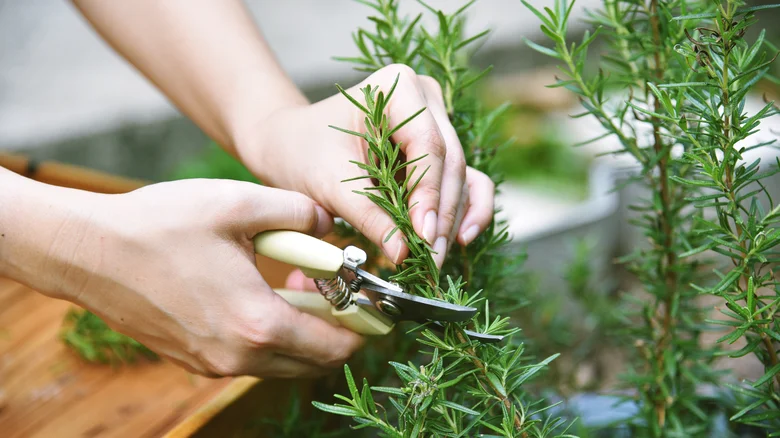If you spend any time gardening, you probably understand what I mean when I say it feels good despite the lifting, sweating and straining involved. Yes, exercise is good for our bodies, but there’s something about digging in the dirt while listening to a bird soundtrack that lifts my spirits. Even the scent of the soil and mulch makes me happy. As it turns out, there are scientific reasons for this……Continue reading….
Source: AP News
.
Critics:
Gardening is considered by many people to be a relaxing activity. There are also many studies about the positive effects on mental and physical health in relation to gardening. Specifically, gardening is thought to increase self-esteem and reduce stress. As writer and former teacher Sarah Biddle notes, one’s garden may become a “tiny oasis to relax and recharge [one’s] batteries.”
Involving in gardening activities aids in creativity, observational skills, learning, planning and physical movement. Others consider gardening to be a good hedge against supply chain disruptions, with increased worries that the public cannot always trust that the grocery store shelves will be fully stocked. In April 2022, about 31% of grocery products were out of stock which is an 11% increase from November 2021.
Gardening can also support good numbers and a wide range of pollinators, but worryingly bees and other pollinators are in decline. Gardeners can make a difference to help reverse this trend. The main thing that matters is that they get their share of nectar to fuel their busy lifestyles, and this is where gardening can help them.
A way to both positively impact humans and pollinators is to implement pollinator gardens. Including native flowers has been shown to increase pollinators, and even protects bee populations against urbanization and landscapes that do not include flowers. Small patches in urban landscapes that are diverse in flowers have been noted to match or even exceed wild landscapes when it comes to bees pollinating.
Areas like golf courses, cemeteries, community gardens as well as residential gardens are all areas in urban settings that could benefit pollinator diversity by implementing native flowers to the landscape.Gardening can be difficult to differentiate from farming. They are most easily differentiated based on their primary objectives. Farming prioritizes saleable goods and may include livestock production, whereas gardening often prioritizes aesthetics and leisure.
As it pertains to food production, gardening generally happens on a much smaller scale with the intent of personal or community consumption. There are cultures which do not differentiate between farming and gardening. This is primarily because subsistence agriculture has been the main method of farming throughout its 12,000 year history and is virtually indistinguishable from gardening.
There is a wide range of garden ornaments and accessories available in the market for both the professional gardener and the amateur to exercise their creativity, for example, sculptures, lights or fountains. These are used to add decoration or functionality, and may be made from a wide range of materials such as copper, stone, wood, bamboo, stainless steel, clay, stained glass, concrete, or iron.
Examples include trellis, garden furniture, gnomes, statues, outdoor fireplaces, fountains, rain chains, urns, bird baths and feeders, wind chimes, and garden lighting such as candle lanterns and oil lamps. The use of these items can be part of the expression of a gardener’s gardening personality. Garden design is considered to be an art in most cultures, distinguished from gardening, which generally means garden maintenance.
Garden design can include different themes such as perennial, butterfly, wildlife, Japanese, water, tropical, or shade gardens. In Japan, Samurai and Zen monks were often required to build decorative gardens or practice related skills like flower arrangement known as ikebana. In 18th-century Europe, country estates were refashioned by landscape gardeners into formal gardens or landscaped park lands, such as at Versailles, France, or Stowe, England.
Today, landscape architects and garden designers continue to produce artistically creative designs for private garden spaces. In the US, professional landscape designers are certified by the Association of Professional Landscape Designers.
News briefs: Salvage sale, gardening classes planned
.
.
Labels: #GardeningBenefits #GardeningLife #GrowYourOwnFood #HealthyLiving #NatureLovers #PlantCare #GreenThumb #WellnessJourney #SustainableLiving #GardeningJoy #GardenTherapy #EcoFriendly #CommunityGardening #UrbanGardening #StressRelief #MindfulGardening #GardeningTips #HobbyGardener #HealthyMindHealthyBody










Leave a Reply